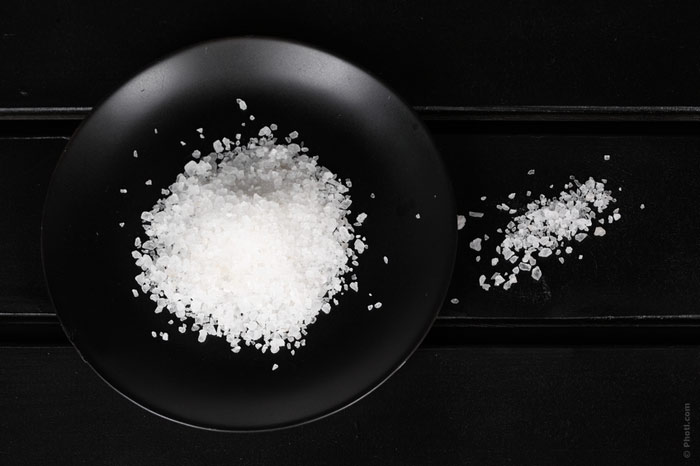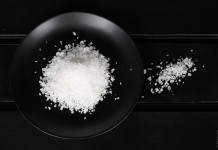
Salt intake in the world has twice surpassed the standards recommended by the World Health Organization. If to believe this extensive survey conducted by U.S. and British scientists, the average consumption of salt in the world three years ago was about ten grams per day per person, and the situation has not changed much. This is above the norm recommended by the WHO. The results of this survey involving 187 countries were published in the BMJ Open journal.
Salt is Vital
Table salt is considered necessary for human life and activity. Chlorine ion is the basic material for the hydrochloric acid production. It is an important component of gastric juice, and sodium ions are involved in muscle fiber contraction and nerve impulses transmission.
Much Salt is Bad
However, regular excess intake of salt may cause edema, blood pressure increase, renal failure, cardiovascular disease, osteoporosis, stomach cancer, intraocular pressure increase and cataract formation.
Research Statistics
Researchers at Cambridge University and Harvard Medical School conducted a global assessment of salt intake in different countries around the world during the 1990-2010. Experts used the information about two hundred and fifty studies on salt intake in people over twenty.
The study found that in 2010, in 181 countries (out of the 187 surveyed) the average salt intake was about ten grams per day (equivalent to 3.95 g sodium). This twice exceeds the physiological norm for one person. It turned out that men consumed ten percent of salt more than women. However, the harm from salt intake may be greatly exaggerated.



